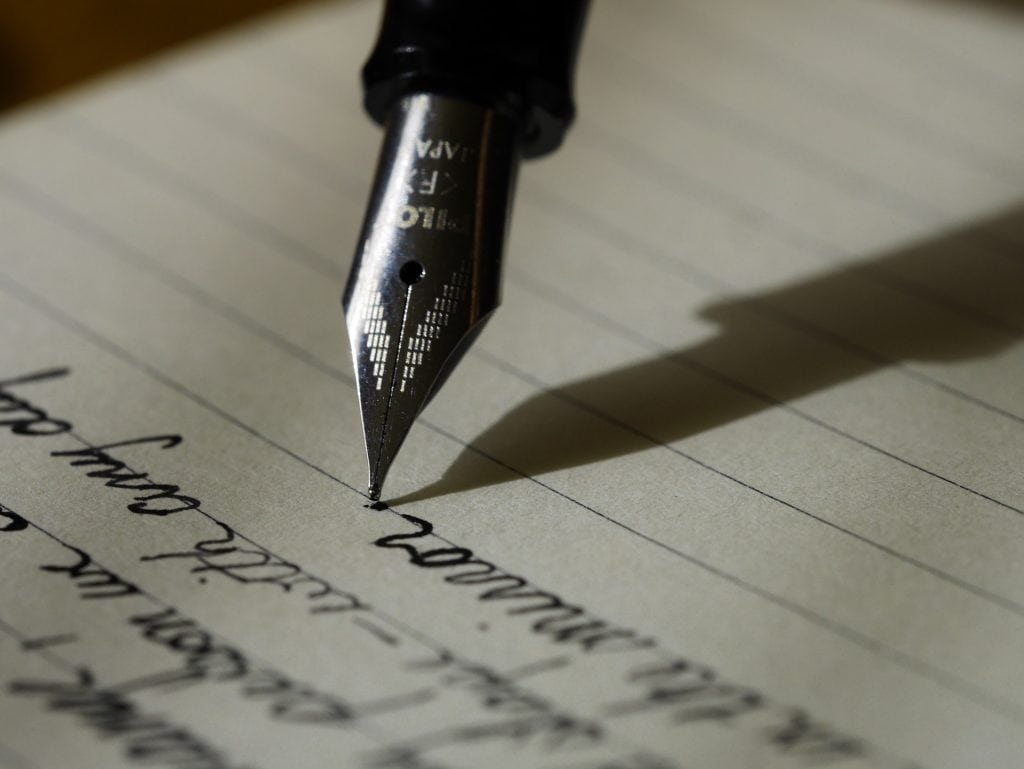
Seventeen years ago the idea to place a Percheron horse statue in Moorestown’s town center was presented to a committee seeking ideas to draw interest to that area but where and why?
The “where” was answered when the township indicated that it was planning to create a “pocket park” at the intersection of Main and High Streets, and the Moorestown Garden Club presented a plan for Percheron Park. Formerly the site of a gas station, the soil required remediation that is taking unexpected years before development can begin.
Prior to the internal combustion engine, farmers and teamsters used live horsepower. The Percheron, a heavy work (or draft) horse breed, was developed in le Perche, an ancient region of northwest France. They were referred to as diligence (stagecoach) horses. In 1839, Moorestown native Edward Harris II, a wealthy gentleman farmer who lived at 12 High Street (now the headquarters of the Historical Society of Moorestown), introduced the Percheron horse to America so that its excellent qualities of speed, strength, stamina and ease of handling could improve the farm and hauling horses in the United States.
Harris promoted the breed with his relatively small (15 hands) stallion Diligence. By the 1850s, horsemen were importing and breeding Percherons in great numbers, especially in the midwest. By 1930, there were three times as many Percherons in this country as all the other draft horse breeds combined. A Midwestern farmer suggested that a monument be erected to honor Edward Harris II for bringing the beloved Percheron to the USA.
Percherons are still used on farms, in areas where machines can’t go, for police work, to draw carriages and even as mounts for heavy riders on dude ranches!
Harris’ foresight had nation-wide significance, for the Percheron horse helped to develop our country.
Margo Foster









